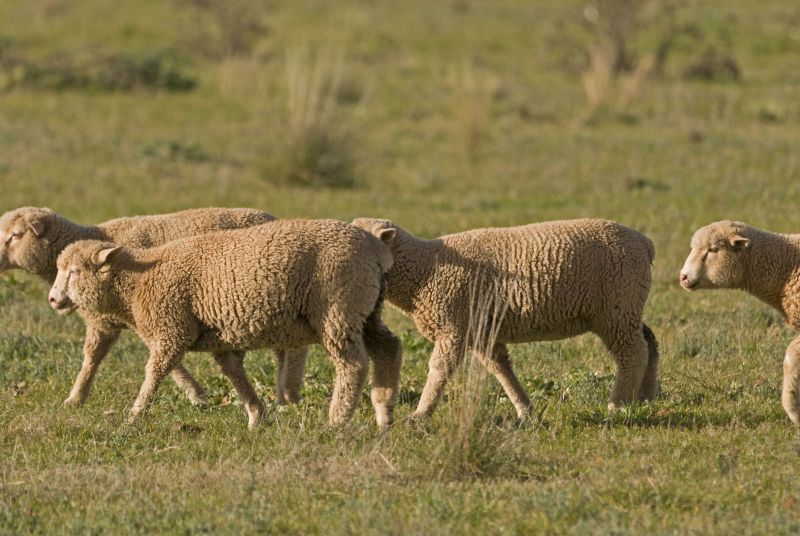
Testing for liver fluke is helping cattle and sheep farmers across the UK deal with the rising of tide of infections.
Reports of liver fluke disease are increasing across the country, with patchy instances outside the high risk areas, according to two animal health groups.
The Sustainable Control of Parasites in Sheep (SCOPS) and Control of Cattle Parasites Sustainably (COWS) groups are monitoring the situation this season.
Speaking on behalf of SCOPS, Lesley Stubbings said: “We are keeping a close watch on what is happening around the country.
“Condemnations in abattoirs have also increased rapidly in the first half of November, which highlights the need for livestock farmers to keep testing and monitoring abattoir feedback.”
With the risk looking higher this year than last, and large variation between farms and even areas on individual farms, this latest SCOPS and COWS update focuses on testing.
Experts around the country have provided advice and case studies from farmers they are working with.
Updates from around the UK
Philip Skuce, Moredun, on monitoring work in Argyll, said: “We’ve been sampling sheep on two sentinel farms in Argyll this year.
“In mid-September about a third of the sheep had positive blood tests, but were still negative on coproantigen and FEC.
“This gave us an early warning they had been exposed to fluke infection, despite the fluke still being too young to show up on the faecal tests.
“By mid-October 23% were positive on coproantigen and 5% had fluke eggs in the dung, this really underlines how the different tests work over the season.
“This year it is vital we use testing to guide timing of treatments and flukicide product choice.”
Diana Williams, Liverpool University, said testing sheep for fluke can save farmers money in the long run.
She said: “We had a case where the poor condition of sheep was assumed to be due to liver fluke but diagnostic testing (blood testing for lambs and dung tests for ewes) showed they were not infected.
“Avoiding an unnecessary treatment not only saved the farmer a lot of money in terms of flukicide and time, but it also led them to diagnosing the real cause of ill thrift, which improved performance.”
Matt Colston, Elanco Animal Health, added: “When you have used tests to determine the need for a treatment and chosen the right active for the stages of fluke present, it is vital to make sure the dose rate is correct and administered accurately.
“Always weigh animals and calibrate dosing equipment every time, to ensure every animal gets a fully effective treatment.”
Ben Strugnell, Farm Post Mortems Ltd, County Durham, said he is seeing cases of deaths due to acute fluke disease and these are now starting to merge into subacute infections on some farms.
“While it is certainly shaping up to be a much higher risk of losses from liver fluke this year than last, remember that testing, monitoring abattoir feedback and doing post mortems on any sudden deaths are valuable tools when deciding if, when and with what to treat,” he said.
Rebecca Mearns, Biobest Laboratories, added: “We’ve been receiving more and more samples for liver fluke testing in recent weeks, and it is clear that using the right test, in the right way, is critical to getting robust results.”
Fiona Lovatt, Flock Health Ltd, said: “I am concerned that while there is evidence of triclabendazole resistance on some farms, many others are jumping to the conclusion that they have resistance without any testing, including making sure the problem is actually liver fluke or carrying out a drench test too early, when the fluke are still immature.
“In our next update we will detail how to carry out an efficacy test so you can be sure.”
Heather Stevenson, SRUC, explained that she has so far seen only a few cases of liver fluke infection from Dumfries and North Cumbria.
She added it is 'very important' for farmers to test before they treat.
